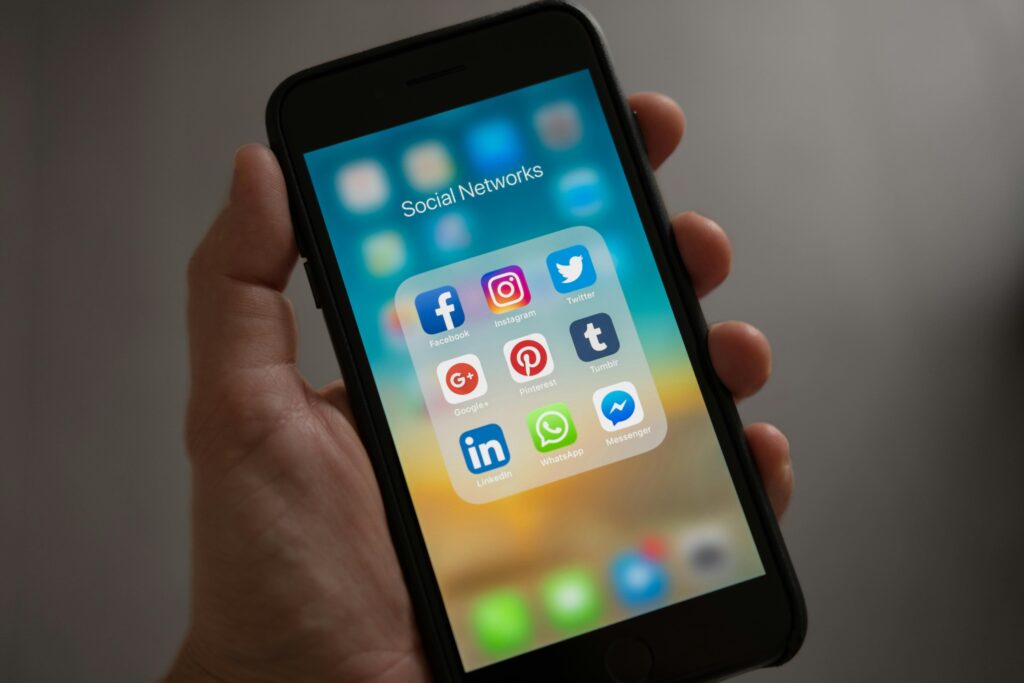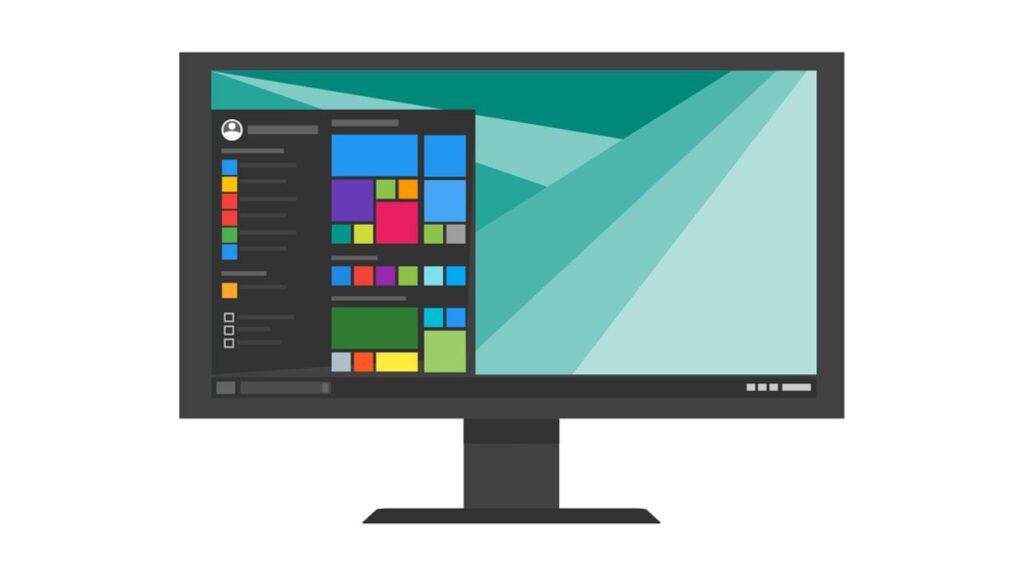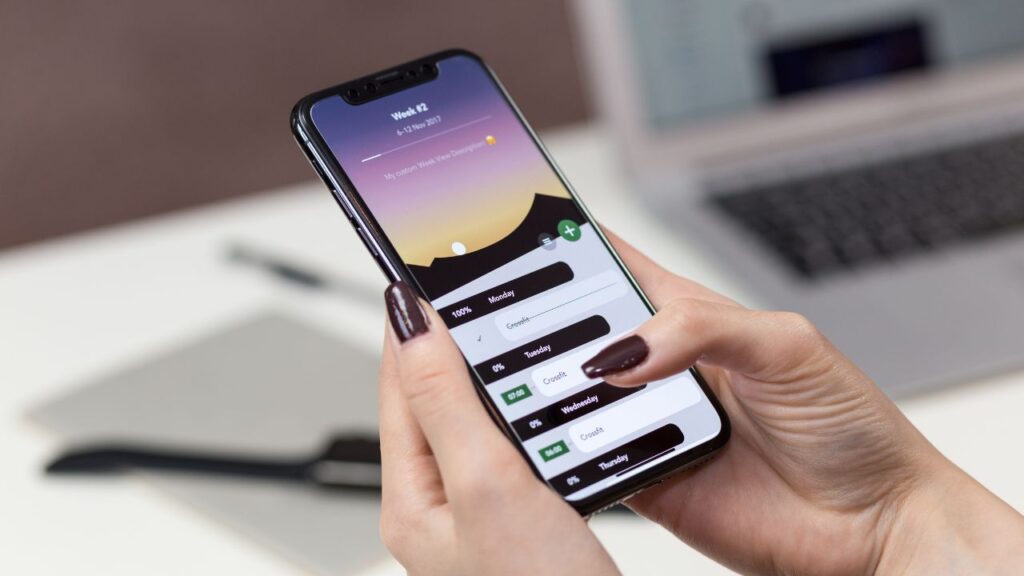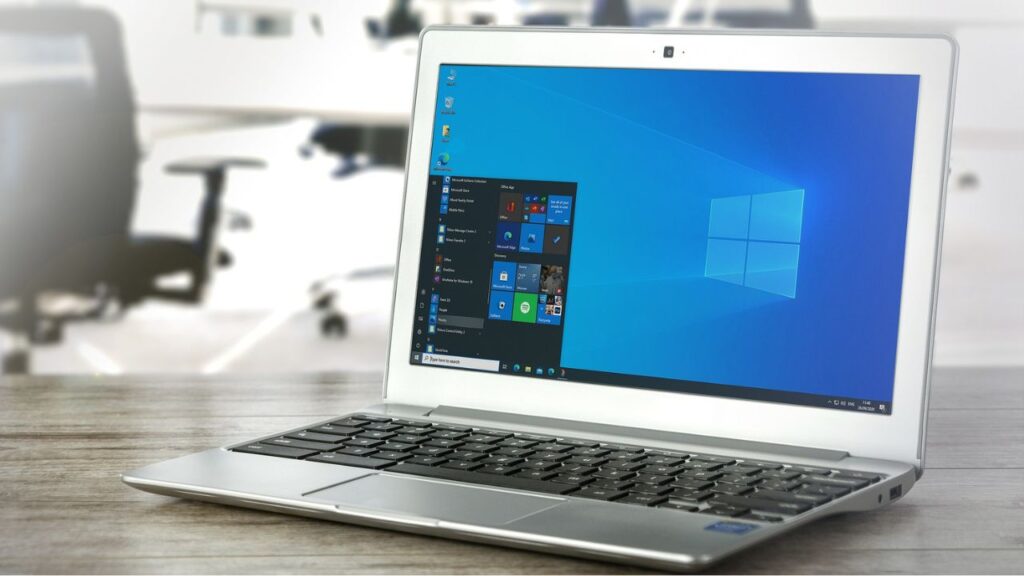Are you in the market to shop for a mobile phone?
Often, people consider checking the phone’s display, camera, price, storage, etc. but overlook one vital factor, i.e., operating system, when choosing a smartphone.
Before purchasing any phone, it’s always best to understand what makes a simple phone different from a smartphone. Smartphones are devices equipped with an operating system designed for the phones.
You might have heard of operating systems as part of a computer or laptop but not mobile phones. Further in the article, you can learn about the mobile operating system.
How can different types of mobile operating systems affect your smartphone buying decision? The answer is that the operating system of a phone determines how compatible the device will be with the mobile applications you are looking forward to using.
So keep reading to uncover the different types of operating systems in mobile phones.
[PS: Here, you will get to know about Different Types of Operating Systems in Laptops]
What is Meant by a Mobile Phone Operating System?
Gone are the days when you could use mobile phones only to make phone calls or send text messages. Modern smartphones are almost like handheld computers that enable users to make video calls, send emails, surf social media platforms, watch movies, play games, listen to music, and do much more.
Now, the question is, how can your smartphone facilitate all these functions and features? It’s because they are equipped with operating systems.
You have heard of your computer and laptop being equipped with an operating system that allows these devices to manage their resources and memory for multitasking. What about the mobile operating system?
An operating system or OS is a software interface designed to manage and operate hardware units and assist users in using them. When it comes to smartphone operating systems, they have been developed to equip phones with advanced functions that were previously available only on computers.
Different types of operating systems in mobile phones enable users to use phones almost the same way computers were used decades ago.
Different Types of Operating Systems Used in Mobile Phones
Now that you know what a mobile operating system is, let’s uncover the popular types. The following is the list of mobile operating systems:
1) Android Operating System
Android is the most popular operating system across the world, with a market share of 71.43% as of February 2024. Owned by Google and powered by the Linux kernel, Android is primarily developed for touchscreen mobile devices, including smartphones and tablets.
The OS is based on the Linux kernel’s modified version and other open-source software. It was developed by a team of developers popular as the Open Handset Alliance. However, Google developed the widely used version of this operating system.
Android’s tremendous traction and broad base of users make it the dominant smartphone operating system. Regarding its best features, Android allows users to customize multiple home screens with apps and widgets that give them quick access to the functions and content they want.
In addition, the OS facilitates superior capacity for multitasking. Moreover, the Google Play Store provides access to millions of free and paid apps.
2) Apple iOS

Regarding different types of operating systems in mobile phones, you can’t miss out on Apple iOS. With a 27.84% share in the global market in 2024, Apple iOS is the second dominant operating system.
Formerly known as iPhone OS, iOS is an operating system developed and owned by Apple Inc. It’s a multi-touch, multitasking operating system explicitly designed for Apple iPhones and iPads.
It can’t be used in the third-party systems. Moreover, Apple has introduced a special version of iOS to power the Apple smartwatch. iOS is the basis for 3 other operating systems developed by Apple, including tvOS, iPadOS, and watchOS.
Based on macOS, iOS responds to the user’s touch. In addition, this operating system boasts Safari web browser, Apple Music, Apple Mail, and many other Apple-exclusive applications. Apple was home to over 3.8 million iOS Apps as of December 2023.
3) Harmony OS
A next-generating distributed mobile operating system, Harmony OS, is designed and sold by Huawei. It can run on an array of smart devices, from smartphones and tablets to smartwatches and TVs, personal computers, and other smart devices.
Featuring a multi-kernel design and dual frameworks, the operating system supports Unix-like, LiteOS, and OpenHarmony. The mobile operating system is built on the LiteOS kernel for Internet of Things devices and is based on a Linux kernel layer.
Moreover, it enables varied smart devices to speak the same language, bringing a smooth, continuous, reliable, and secure interaction experience. Harmony OS supports a range of applications, including Atomic and meta-services, Huawei AppGallery, quick apps, NaerLink, etc.
4) Bada OS
Developed by Samsung Electronics, Bada OS is a mobile operating system that is used for mid and high-end smartphones and tablets. All the smartphones equipped with the Bada OS are branded as Wave, unlike Samsung’s Android phones, which are branded with the name Galaxy.
Furthermore, this operating system supports various advanced smartphone features, from multitouch, sensors, and 3-D graphics to sensors, an application download source, and an enhanced user interface.
However, on 25 February 2013, Samsung officially discontinued Bada OS and instead continued with the development of Tizen.
5) Blackberry OS
Blackberry OS is a proprietary mobile operating system designed by Blackberry Limited, a Canadian company. It was explicitly developed for Research in Motion’s (RIM) Blackberry line of smartphone handheld devices, including the Blackberry Curve, Storm, and Pearl series.
Blackberry used to develop the operating system in C++ before 2000, and later, it shifted to Java. The mobile operating system is best known for providing multi-tasking and supporting specialized input devices like trackwheel, trackball, trackpad, and touchscreen. Moreover, it supports push Internet mail and WAP 2.0.
Users can install applications on Blackberry OS via the Blackberry Desktop Manager or Blackberry App World. However, this operating system is now not available for smartphones as Blackberry OS was discontinued in January 2013.
6) Windows Mobile Operating System
Built by Microsoft, Windows Mobile is a mobile operating system that is usually used for personal digital assistants (PDAs) and some mobile phones. Similar to its predecessor, Pocket PC, Windows Mobile OS’s first version – Windows Mobile 2003, was launched on 23 June 2003.
Several versions of this mobile operating system are introduced specifically for business and enterprise consumers. They feature multi-tasking, navigating a file system, Internet Explorer Mobile, Microsoft Office, Windows Media Player, and more.
In early 2010, Microsoft made an official statement that modern and consumer-focused Windows phones will supersede Windows Mobile. Thus, the operating system was discontinued as existing devices and software were found incompatible with Windows Phone.
7) Symbian OS
Symbian OS is a mobile operating system produced by Symbian Limited. This closed-source mobile operating system was developed in 1998 for high-end smartphones.
However, originally, Symbian OS was designed as a proprietary software OS to run on personal assistants, and it’s a descendant of EPOC by Psion.
The mobile OS features a native graphics toolkit, named AVKON, Qt framework, WebKit-based browser, 48 language support, and more.
Talking about the family of this mobile operating system, Symbian is used in many renowned mobile phone brands, including Motorola, Samsung, Nokia, and Sony Ericsson. It’s reported that Symbian was the most popular mobile operating system across the world until 2010.
However, the Nokia 808 PureView, released in 2012, was officially announced as the last smartphone featuring Symbian OS.
8) Palm OS
Initially introduced by Palm Inc. for personal digital assistants (PDAs), Palm OS is a proprietary mobile operating system. It was also popular as Garnet OS and was built with a touchscreen-based GUI (graphical user interface) to make it easier for users to use.
In addition to PDAs, Plam OS is used for smartphones, global positioning systems (GPS) devices, and handheld gaming systems.
Some exciting features of Plam OS include a PAML emulator, an elementary memory management system, handwriting recognition, support for C and C++ software, playback, recording, and more.
In 2009, the main license for this operating system switched to webOS, and since then, it has been discontinued.
9) Web OS
A Linux-based, multi-tasking mobile operating system, WebOS runs on devices including Plam Pre phones, the HP Veer, Palm Pixi phones, and smart TVs.
Also known as LG webOS, it was previously named Open webOS, HP (Hewlett-Packard) webOS, and Palm webOS. Palm Inc. initially developed the operating system.
With the acquisition of Palm by Hewlett-Packard, the OS transformed into open source and, thus, became Open webOS. Further, this operating system was bought by LG Electronics, which used it as a smart TV operating system along with mobile OS.
The mobile operating platform features a card interface, gesture navigation, App Store, over-the-air updates, and many third-party applications.
Final Words
Mobile phones have become an indispensable part of everyone’s daily lives in this technologically dominant realm. However, not many know what it takes for smartphones to function, and thus, they end up making unsuitable purchases.
The different types of operating systems in mobile phones impact the device’s functionality. From managing memory, processor file system, and battery life to controlling the system’s performance and functionality and coordinating varied software applications, everything depends on the mobile’s operating system.
So, you should research the features of a mobile operating system before investing in any smartphone to make the most out of your investment.




